
“Melbourne Draw” is one of a couple of graphics toolkits that were created for the ZX Spectrum in the early 1980s. It was launched to widespread publicity, with “Crash” magazine saying that ‘”Melbourne Draw” stands out clearly as a professional tool”.
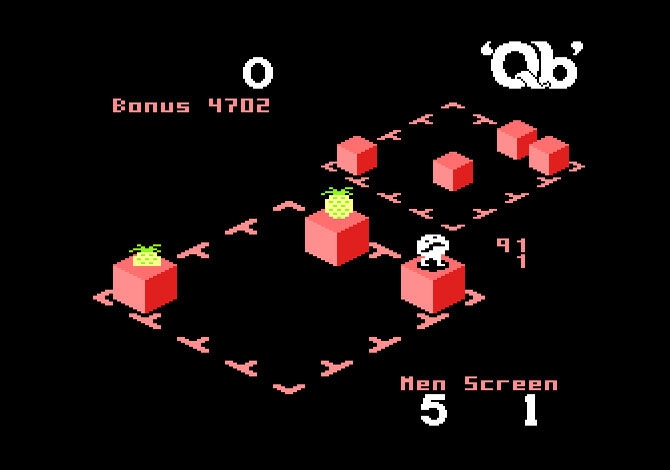
The goal of the game is simple: you slide blocks into a pattern, as shown in the upper right-hand corner of the screen. You can only move the blocks you are standing on, and you can only jump onto other blocks that you are directly next to. Fruit will appear as bonuses, and monsters will try to kill you or slide the blocks around, slowing your progress.
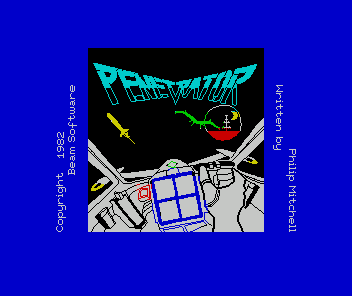
The tastefully named “Penetrator” was one of Beam Software’s earliest games. Designed for the ZX Spectrum by Philip Mitchell and Veronika Megler the game is a clone of Konami’s popular 1981 arcade game “Scramble”. A sideways scrolling shooter “Penetrator” recreates “Scramble”’s challenges of flying and shooting…
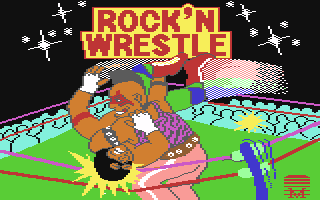
“Rock’n Wrestle” (known as “Bop’n Wrestle” in the US) was one of the first games to have 3D movement through space. The game allowed for single or dual player modes, using the joystick or the keyboard supporting twenty-four wrestling manoeuvres.
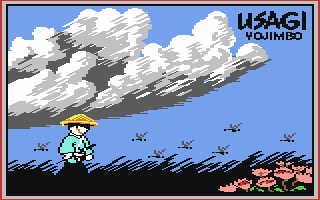
Samurai Warrior: The Battles of Usagi Yojimbo”, is based on a successful comic book by Stan Sakai. The hero is an anthropomorphic rabbit named Miyamoto Usagi, living in seventeenth-century Japan. Usagi is a masterless samurai (a ronin), who wanders the land, occasionally taking up work as a bodyguard.
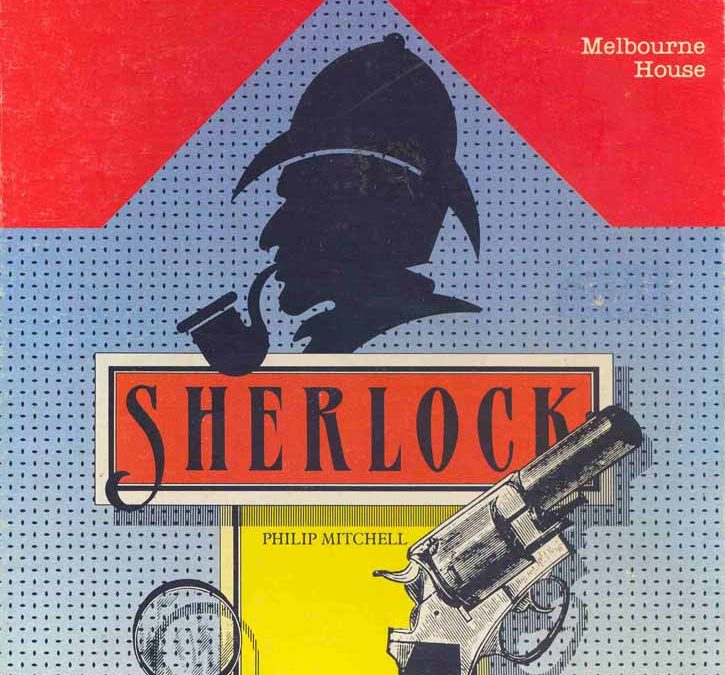
“Sherlock” is a 1984 text adventure developed by Philip Mitchell and Beam Software. It was published by Melbourne House. The game is based on the famous Sir Arthur Conan Doyle books featuring the super sleuth Sherlock Holmes, fiction’s most famous detective. You take the role of Holmes, assisted by Dr. Watson.

Alfred Milgrom co-founded Melbourne House publishing and Beam Software games development studio. Melbourne House established in 1978 with his wife Noami Besen was orginally a UK registered book publishing company. In 1980, Milgrom and Besen started Beam Software, the electronic gaming arm with distribution through Melbourne House. The name “BEAM” is an amalgam of their names. Beam became successful enough for Melbourne House to cease book publishing and to concentrate on electronic games.

Best remembered for his Pavloada fast loader for speedy cassette loads that even allowed for sound and animations to play during the tape loading, Pavlumanolakos joined Beam in 1984 as a programmer. The first Pavloada was created overnight by Pavlumanolakos as demonstration of his skills for his job interview.
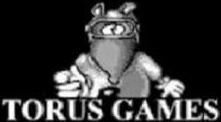
Bill McIntosh was working testing aircraft for Royal Air Force, a job he found rather dull, when in 1981 his wife bought him the new Sinclair ZX 81 for his birthday. He plugged it into a little black and white television and his life changed. From that moment onwards he would wake up early, stay up late and find any spare moment to program games. When the colour Sinclair Spectrum came out in the following year, programming became a true obsession.
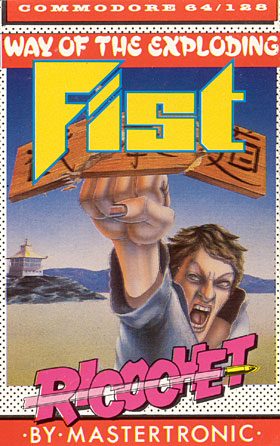
Bruce Bayley studied computer science at RMIT. He worked at Beam Software on games such as The Way of the Exploding Fist(1985) and Rock’n Wrestle(1985). This profile is yet to be completed. Contribute what you know and help to complete the Archive.
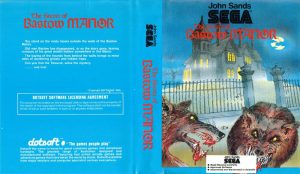
Melbourne-based Darryl Reynolds is best known for his graphic text adventures in particular “The Search for King Solomon’s Mine” and “The Secret of Bastow Manor”. From his home the self-taught programmer ran a small but profitable cottage industry throughout the 1980s, writing games and programs in Basic for a variety of microcomputers.
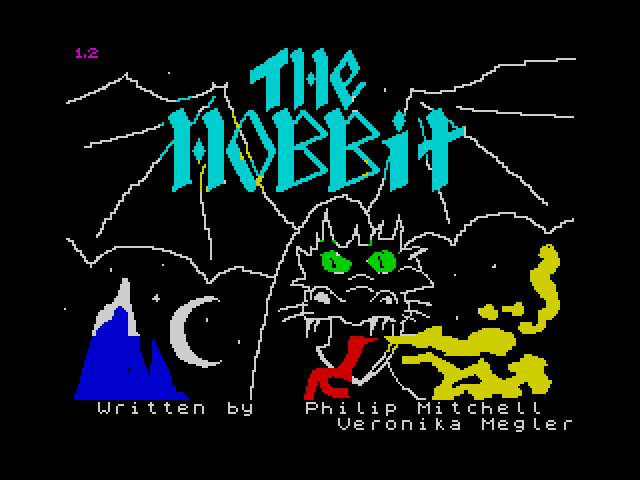
Veronika Megler worked at Beam Software when she was a computer science student in the early 1980s. She co-designed “The Hobbit” with Philip Mitchell. Megler was responsible for the creation of The Hobbit’s remarkable game world, alive with possibility and emergent events. A text world but one rich with with physics and populated by creatures and character all behaving autonomously.
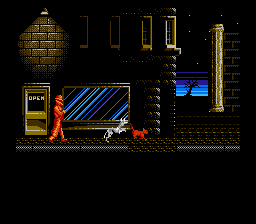
The genesis of Nightshade according to designer Pauli Kidd is that the higher-ups at Australia’s Beam Software wanted a “graphic adventure game that would be a whodunit” The game designed by Beam Software is described by GameSetWatch writer Todd Cioleyk as “offbeat superhero” a precursor to genre popularised in movies such as “The Tick or Mystery Men” (Cioleyk, 2007).
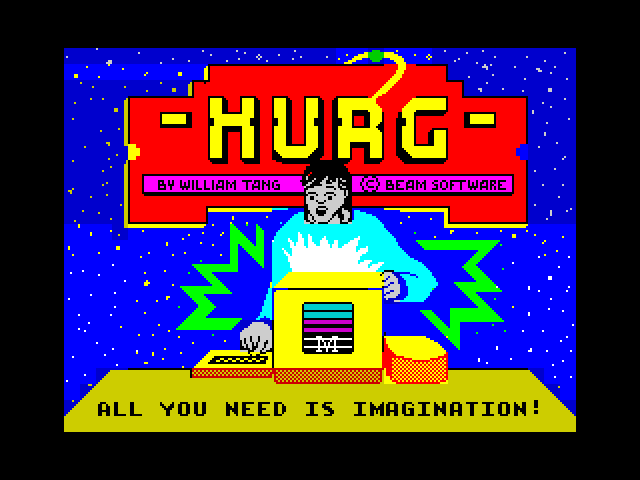
Best known as the author of the Horace games William Tang was Beam Software’s first employee. He was studying commerce and computer science at the University of Melbourne when Alfred Milgrom hired him in December 1980 to work during his University break. Bundled with the Sinclair ZXSpectrum Tang’s Horace games were often the first computer games a generation of people played.
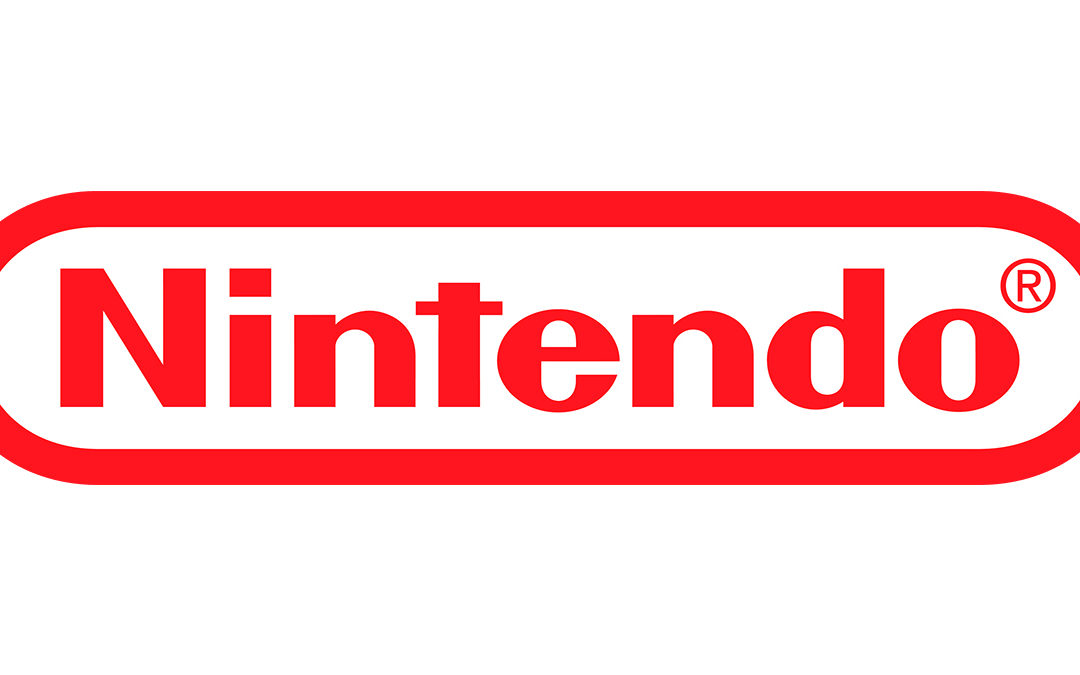
Nintendo established its Australian office in 1994 (originally in Mulgrave, Victoria). Previously Mattel had been responsible for Nintendo products in Australia. Nintendo Australia’s inaugural joint managing directors were Graham Kerry and Susumu Tanaka. Graham Kerry came across from Mattel Australia where he had been a General Manager and Susumu Tanaka from Nintendo Japan.
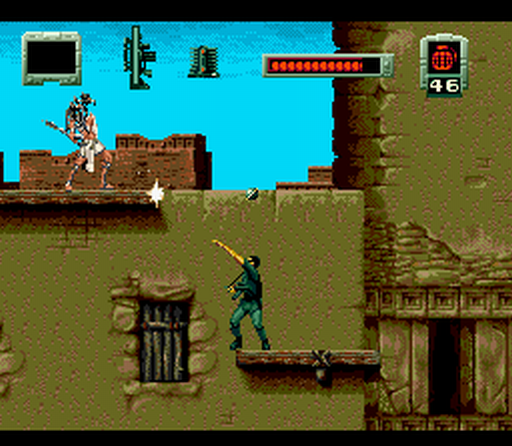
Stargate for the SNES is a licenced videogame tie-in for the 1994 movie of the same name starring Kurt Russel and James Spader. The game is a 2D action side-scrolling platformer where the player controls Colonel Jack O’Neil (the action hero played by Kurt Russel in the film).
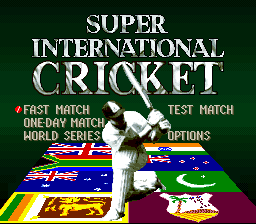
“It recreates cricket almost perfectly , whether that is good or bad depends if you like cricket or not. It’s an excellent sports sim but lacks any arcade style fun.” (“Super International Cricket Review”., Total! Magazine , Issue 43, July 95, pages 34-35).
This summary by UK games magazine Total! provides a sense of the challenge of making a cricket videogame.

















